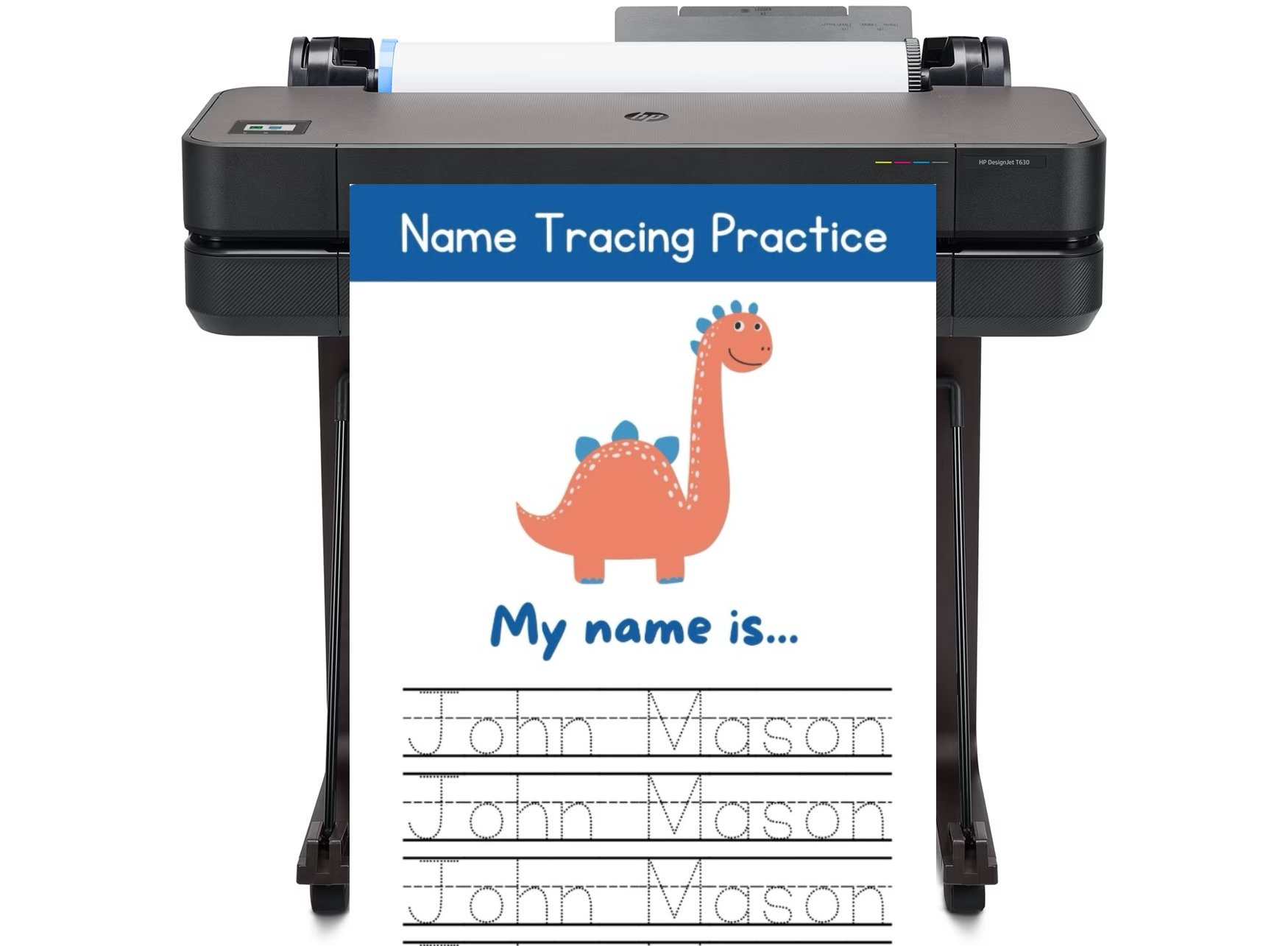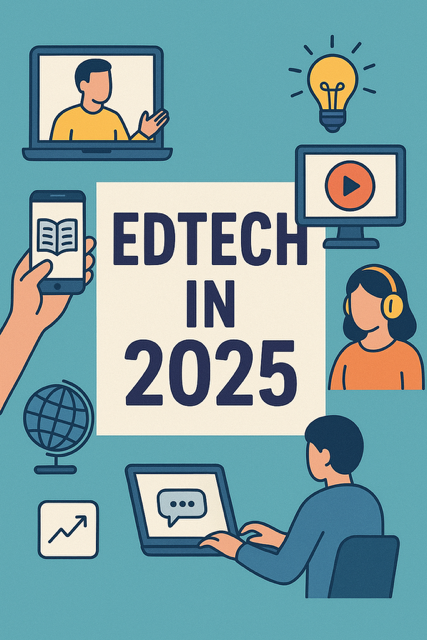
DISCOUNTED EDUCATION PRICING! CALL 1-877-891-8411. We Gladly Accept School Purchase Orders!

In an era where technology evolves faster than a student’s attention span during a lecture, Educational Technology—better known as EdTech—has become the backbone of modern learning. From interactive apps that make math fun to AI-driven platforms personalizing lesson plans, EdTech is reshaping how we teach and learn. Whether you’re a teacher exploring virtual reality applications in STEM education or a parent seeking the best online learning platforms for K-12 students, this comprehensive guide dives deep into the world of EdTech. We’ll explore its evolution, current trends, top tools, real-world impacts, and what the future holds—all while highlighting how these innovations are making education more accessible, engaging, and effective.
As we step into 2025, with global EdTech investments projected to surpass $400 billion, it’s clear that this isn’t just a trend; it’s a revolution. Let’s unpack it step by step.
EdTech refers to the integration of technology into education to enhance teaching and learning experiences. It encompasses everything from simple digital whiteboards to sophisticated AI tutors that adapt to individual student needs. But why the buzz? In a post-pandemic world, where remote learning became the norm, EdTech bridged gaps in access and equity. According to recent reports, students using adaptive learning software show up to 30% improvement in retention rates compared to traditional methods.
The importance of EdTech extends beyond convenience. It addresses key challenges like teacher shortages, diverse learning styles, and the need for lifelong education in a rapidly changing job market. For instance, professionals upskilling through online courses can now access benefits of gamification in online learning, turning mundane training into engaging quests. This not only boosts motivation but also prepares learners for a tech-driven workforce.
EdTech didn’t emerge overnight. Its roots trace back to the 1920s with radio broadcasts for remote education, evolving through overhead projectors in the 1960s and personal computers in the 1980s. The real game-changer came in the 2010s with the rise of Massive Open Online Courses (MOOCs) like Coursera and edX, democratizing access to higher education.
Fast forward to today: The COVID-19 pandemic accelerated adoption, with over 1.5 billion students shifting to digital platforms virtually overnight. In 2025, we’re seeing a blend of hybrid models where physical classrooms incorporate augmented reality (AR) tools. This evolution isn’t just about tools; it’s about pedagogy. Educators are now focusing on how AI is transforming higher education by automating grading and providing real-time feedback, freeing up time for meaningful interactions.
Key milestones:
Understanding this history helps us appreciate how EdTech has moved from supplementary to essential, particularly in fostering inclusive environments for students with disabilities through assistive technologies like speech-to-text software.
The EdTech landscape in 2025 is dynamic, driven by advancements in AI, data analytics, and immersive tech. Here are the standout trends:
Gone are the days of one-size-fits-all education. AI algorithms now analyze student performance to tailor content. For example, platforms like DreamBox use machine learning to adjust math problems in real-time, helping struggling learners catch up without frustration. This trend is particularly beneficial for how AI is transforming higher education, where universities employ chatbots for 24/7 student support, reducing dropout rates by up to 15%.
Virtual reality applications in STEM education are exploding. Imagine dissecting a virtual frog in biology class or exploring ancient Rome via AR overlays on a smartphone. Tools like Google Expeditions allow teachers to create immersive field trips, making abstract concepts tangible. Studies show that VR enhances spatial understanding, with students scoring 20% higher on related tests.
The benefits of gamification in online learning are well-documented—elements like badges, leaderboards, and rewards increase engagement by 40%. Apps such as Duolingo turn language learning into a game, while microlearning platforms deliver bite-sized lessons ideal for busy adults. This approach suits the short attention spans of Gen Z and Alpha learners, promoting retention through fun.
Analytics tools provide dashboards on student progress, helping teachers identify at-risk individuals early. Systems like Brightspace use predictive analytics to flag potential failures, allowing proactive interventions. In K-12 settings, this means more targeted support, closing achievement gaps.
Blockchain ensures secure, verifiable credentials, combating diploma mills. Platforms like Learning Machine issue digital badges that employers can instantly validate, streamlining hiring processes.
These Edtech trends aren’t isolated; they intersect, creating holistic ecosystems. For parents researching the best online learning platforms for K-12 students, options like Khan Academy combine AI personalization with gamified elements for free, high-quality education.
With thousands of tools available, choosing the right one can be overwhelming. Here’s a curated list of top performers across categories, based on user reviews, features, and impact:
| Category | Tool/Platform | Key Features | Best For | Pricing |
|---|---|---|---|---|
| Learning Management Systems (LMS) | Google Classroom | Seamless integration with Google Workspace, assignment tracking, real-time collaboration | K-12 teachers and students | Free |
| Adaptive Learning | Century Tech | AI-driven personalization, progress analytics, content for multiple subjects | Personalized tutoring in schools | Subscription-based (varies by institution) |
| Language Learning | Duolingo | Gamified lessons, streak rewards, community challenges | Casual learners of all ages | Free with premium upgrades |
| VR/AR Tools | Merge Cube | AR objects for hands-on STEM, compatible with mobile devices | Interactive STEM education | App free; hardware ~$20 |
| Collaboration | Microsoft Teams for Education | Video calls, file sharing, integrated apps like Whiteboard | Hybrid classrooms and group projects | Free for educators |
| Assessment | Quizlet | Flashcards, quizzes, AI-generated study sets | Exam prep and quick reviews | Free with pro version |
These tools stand out for their usability and scalability. For instance, if you’re exploring virtual reality applications in STEM education, Merge Cube offers affordable entry points without needing expensive headsets.
To see EdTech’s impact, let’s look at success stories:
These examples prove EdTech’s tangible benefits, from improved outcomes to cost savings.
No revolution is without hurdles. Data privacy remains a concern, with regulations like GDPR and FERPA guiding practices. Screen time overload can lead to burnout, so balanced hybrid models are crucial. Accessibility issues persist— not all students have reliable internet, exacerbating divides.
Ethically, AI biases in algorithms could perpetuate inequalities if not addressed. Developers must prioritize diverse datasets. Additionally, teacher training is key; without it, even the best tools gather digital dust.
Looking ahead, expect deeper integration of metaverses for collaborative learning and brain-computer interfaces for direct knowledge transfer—though that’s still sci-fi territory. Looking ahead to Edtech trends, by 2030, EdTech could incorporate quantum computing for complex simulations in fields like physics.
Sustainability will rise, with eco-friendly platforms reducing paper waste. Personalized lifelong learning paths, powered by AI, will become standard, preparing workers for jobs we can’t yet imagine.
EdTech in 2025 isn’t just about gadgets; it’s about empowering educators and learners to thrive in a digital age. From the benefits of gamification in online learning to virtual reality applications in STEM education, these innovations are making education more inclusive and effective. Whether you’re adopting the best online learning platforms for K-12 students or exploring how AI is transforming higher education, the key is thoughtful implementation.
Ready to dive in? Start small—try a free tool like Khan Academy today. The future of learning is here, and it’s exciting. Share your EdTech experiences in the comments below, and let’s continue the conversation.
This guide was crafted with insights from leading EdTech reports and user feedback as of August 2025. For the latest updates, check resources like EdTech Magazine or UNESCO’s education tech hub.